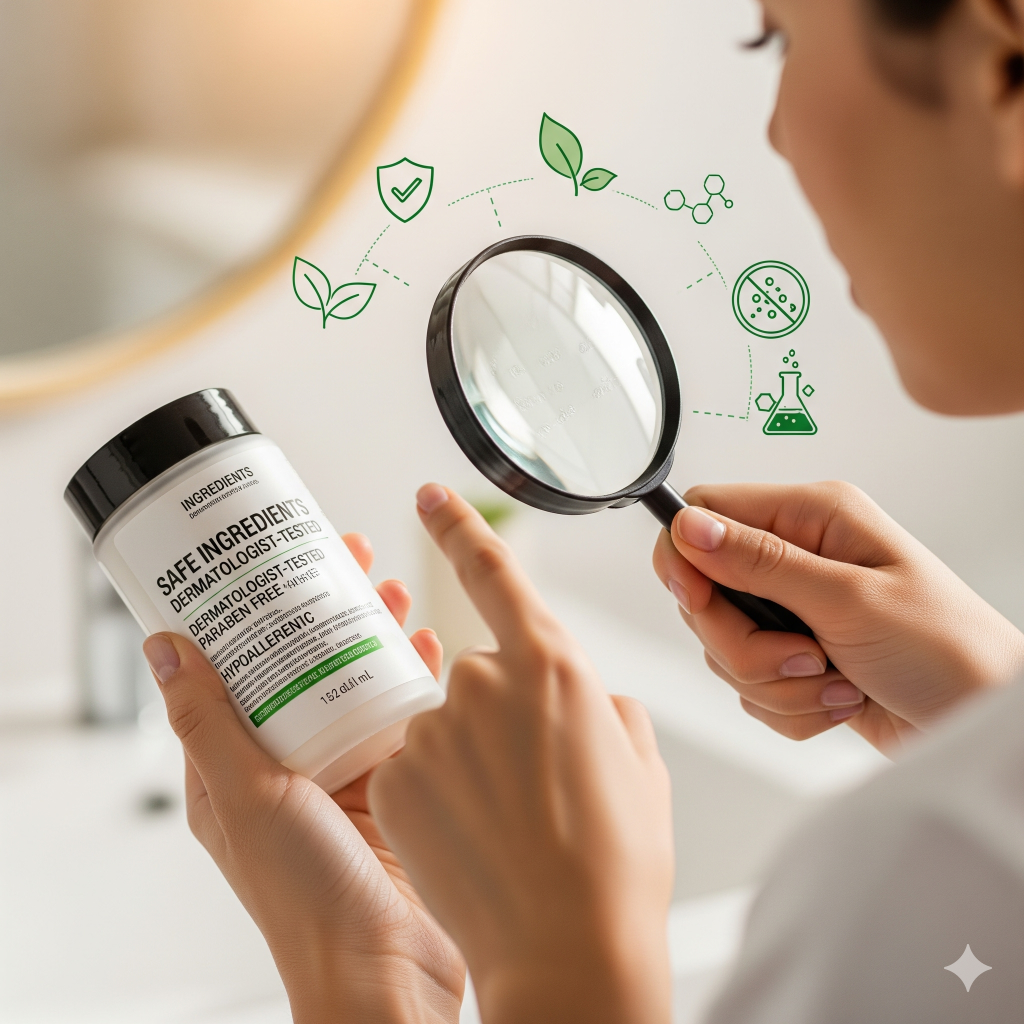
Makeup can be a powerful tool for self expression and boosting confidence, especially around the eyes. But because the skin around your eyes is very delicate and the structures beneath lashes, lids, and tear ducts are so sensitive, proper care is essential to prevent irritation, infection, or more serious damage. Whether you love bold eyeliner, volumizing mascara, false lashes, or subtle eyeshadow, knowing how to use cosmetic products safely makes all the difference to both your comfort and eye health.
First, hygiene is key. Always start with clean hands and a clean face before applying any makeup. Brushes, sponges, and applicators should be washed regularly and stored dry to prevent bacterial build-up. Sharpening eyeliner pencils before use and avoiding sharing testers or products can reduce the chance of introducing germs. Liquid products, especially those used near the lashes like mascara and eyeliner, are among the most prone to contamination, so keeping them clean and closing lids tightly is important.
Next, be mindful of where and how you apply products. Avoid applying makeup inside the lash line or in the waterline unless the product is specifically intended and tested for those areas. False eyelashes and lash extensions can look great but should be applied carefully, ideally by a trained professional and safely removed. Always read the labels, follow directions, and choose tools or adhesives that are designed for eye safety.
Removing makeup completely and gently is just as important as applying it properly. Before going to bed, use a contact safe remover or gentle cleanser to remove all traces of product. Pulling, rubbing, or tugging can damage lashes and delicate skin. Pay special attention to cleaning at the base of the lashes where product often accumulates; blocked lash follicles can lead to irritation or eyelid inflammation.
Also, monitor product age and your own sensitivities. Mascara and liquid liners should generally be replaced every three to four months, and any product that causes redness, itching, or discomfort should be discontinued. When you try a new product, patch test it on a small area of skin for several days before full use, especially if you have known allergies or reactive skin. Be alert to signs of infection, such as swelling, discharge, or persistent discomfort, in which case an eye care professional should be consulted.
Lastly, it’s wise to avoid harsh or untested ingredients and trends. Some glitter shadows or kohl liners contain metals or particles that can flake off and irritate the eye. Lash serums may promise dramatic results, but may also include strong growth agents or chemicals that can cause allergic responses. Instead, aim for products labeled “safe for sensitive eyes,” free of irritating additives, and, if possible, those that include nourishing agents like peptides, hyaluronic acid, or biotin that support lash and lid health.